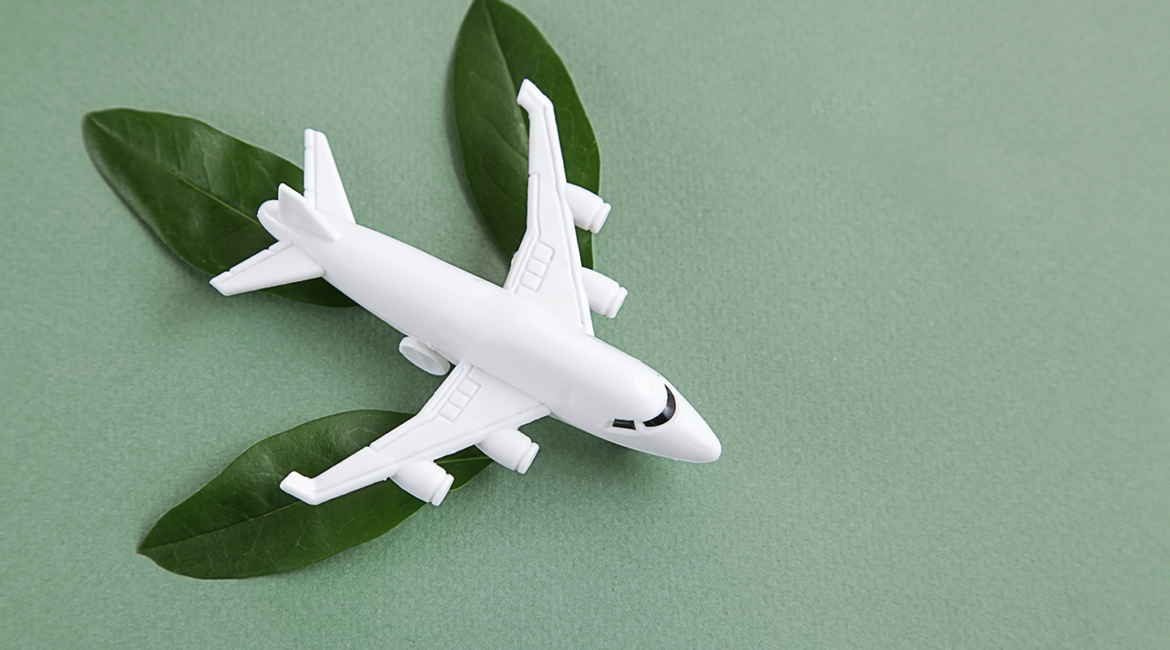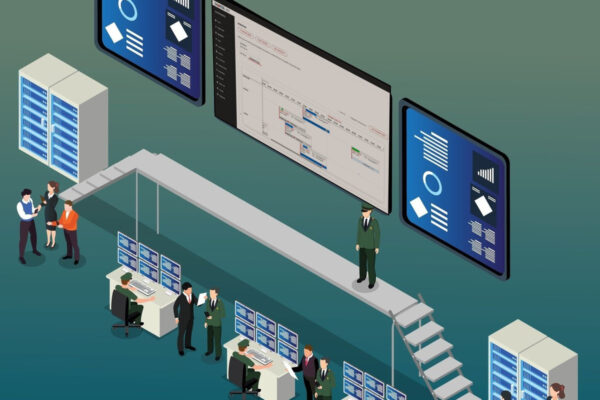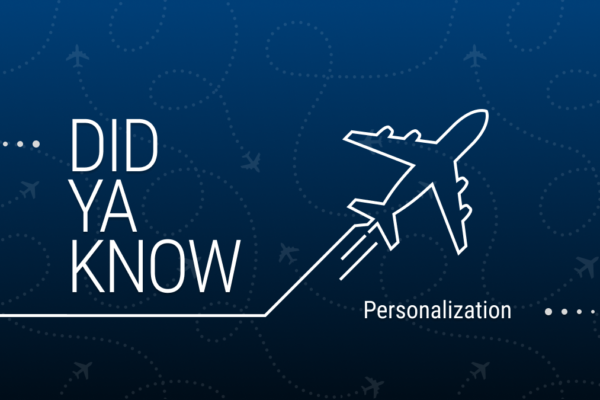Sustainability in General Aviation
The growing public awareness of climate change has prompted several entities in general aviation such as charter operators, fuel suppliers, and original equipment manufacturers (OEMs) to take initiatives to focus on sustainability and support customers to achieve their carbon-setting goals. There is also the untested promise that customers who book charter flights would make greener flights more attractive. It is an opportunity for charter operators to promote their sustainability initiatives, services, and brand for sustained future growth.
Sustainable Air Fuel (SAF) is made by blending kerosene with biofuels consisting of plant matter and food waste. It is certified as Jet-A1 grade for use by jet engines and does not require any additional regulatory certifications. SAF burns like conventional jet fuel and yields the same power output as fossil fuel.
Jets aren’t the only type of aircraft that are experiencing a push to cleaner, more sustainable energy. For instance, since late 2021, newer model Cessnas such as the 172 Skyhawk and 182 Skylane will be able to run on 91/94 unleaded Avgas or 100 VLL Avgas. Despite Avgas not being 100% clean fuel, their lower and sometimes non-existent levels of lead are still considered good for the environment; at least when compared to other types of fuel that are typically utilized by these types of aircraft.
In the commercial airline world many airlines like Alaska, Jet Blue, Lufthansa, Qantas, and United have used SAF. According to IATA, since 2016 over 370,000 flights have been powered by SAF.
New technology and advances in existing technology are the core elements toward sustainability initiatives in general aviation.
New generation technology can have a significant impact on CO2 emissions. The goal is a zero emission footprint. They include:
- Engine design to minimize fuel burn – Companies like Pratt and Whitney have designed a new family of engines called GTF, which have been shown to reduce fuel consumption and carbon emissions by 16%. These engines have already saved airlines 470 million gallons of fuel and cut out 4.3 million metric tons of CO2 emissions Annually.
- Aircraft design and construction based on composites to reduce weight and minimize drag – Teams of engineers are coming up with ways to reduce drag on aircraft by adding thicker fuselages in order to increase air flow, longer and slimmer wings, and even researching into ways to cut back on needless wires and cords that, when added up, could add needless pounds to an aircraft; causing it burn more fuel.
- Improvements in air traffic management by reducing flight times and taxi times – By identifying more fuel efficient routes and implementing new procedures, airlines could save millions of gallons annually. In addition, leveraging new technologies like artificial intelligence and advanced data analytics will help to identify the most efficient routes. Hybrid aircraft – Engineers are coming up with hybrid engine designs that are lighter and are powered partially by electricity thus increasing sustainability.
- Electric aircraft – Electric powered aircraft are quickly gaining in popularity due to their zero emissions and relatively low cost to power and charge their batteries.
- Hydrogen power – Perhaps the most exciting innovation for clean energy in the aviation industry is hydrogen powered aircraft. These aircraft are powered by hydrogen and oxygen, and instead of producing CO2 as a by-product, they create just plain water. Although the technology for these aircraft is still in its infancy, companies such as Airbus have unveiled designs for several hydrogen powered planes that could enter the market as early as 2035.
Besides an accelerated launch schedule for these initiatives to achieve a zero emission carbon footprint, a challenge is the time it takes for complying with air safety regulations and the certification process. This means that all of the above technologies and innovations that we have discussed are still some time away from becoming more mainstream. However, once they have, we can all look forward to a greener and cleaner future for us all.

Derek Brown – Marketing and Client Relations Associate



